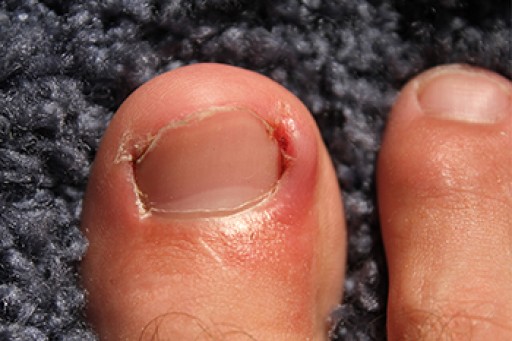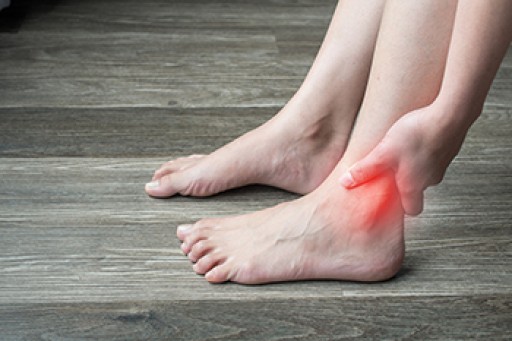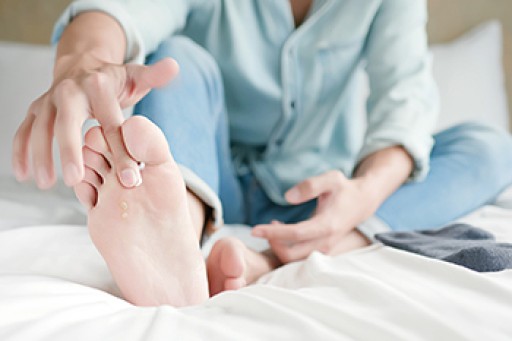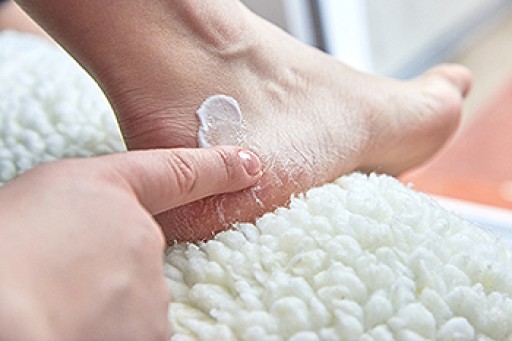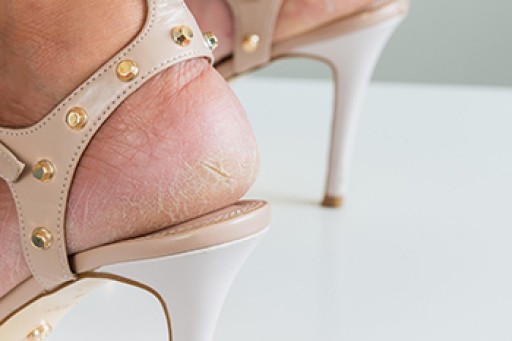
Ingrown toenails can be a particularly nettlesome affliction of the foot and it is described as occurring when the side of the toenail grows into the side of the skin. At the point at which the nail grows into the skin, the individual can feel pain and inflammation. There are several things that an individual might consider doing to mitigate the condition and the pain that can sometimes be felt from the ingrown toenail. In particular, soaking the feet in salt water may help to mitigate the condition as well as reduce the swelling in the feet. Soaking might even make the nails softer, making it easier to cut them. It is important to remember, however, that cutting an ingrown toenail is best left to medical professionals who best know how to safely perform this procedure. If you have an ingrown toenail and are suffering from pain and discomfort, please contact a podiatrist who will be able to help you treat the condition.
Ingrown toenails can become painful if they are not treated properly. For more information about ingrown toenails, contact one of our podiatrists of Canonsburg Podiatry Associates. Our doctors can provide the care you need to keep you pain-free and on your feet.
Ingrown Toenails
Ingrown toenails occur when a toenail grows sideways into the bed of the nail, causing pain, swelling, and possibly infection.
Causes
- Bacterial infections
- Improper nail cutting such as cutting it too short or not straight across
- Trauma to the toe, such as stubbing, which causes the nail to grow back irregularly
- Ill-fitting shoes that bunch the toes too close together
- Genetic predisposition
Prevention
Because ingrown toenails are not something found outside of shoe-wearing cultures, going barefoot as often as possible will decrease the likeliness of developing ingrown toenails. Wearing proper fitting shoes and using proper cutting techniques will also help decrease your risk of developing ingrown toenails.
Treatment
Ingrown toenails are a very treatable foot condition. In minor cases, soaking the affected area in salt or antibacterial soaps will not only help with the ingrown nail itself, but also help prevent any infections from occurring. In more severe cases, surgery is an option. In either case, speaking to your podiatrist about this condition will help you get a better understanding of specific treatment options that are right for you.
If you have any questions please feel free to contact our office located in Canonsburg and McMurray, PA . We offer the newest diagnostic and treatment technologies for all your foot and ankle needs.
